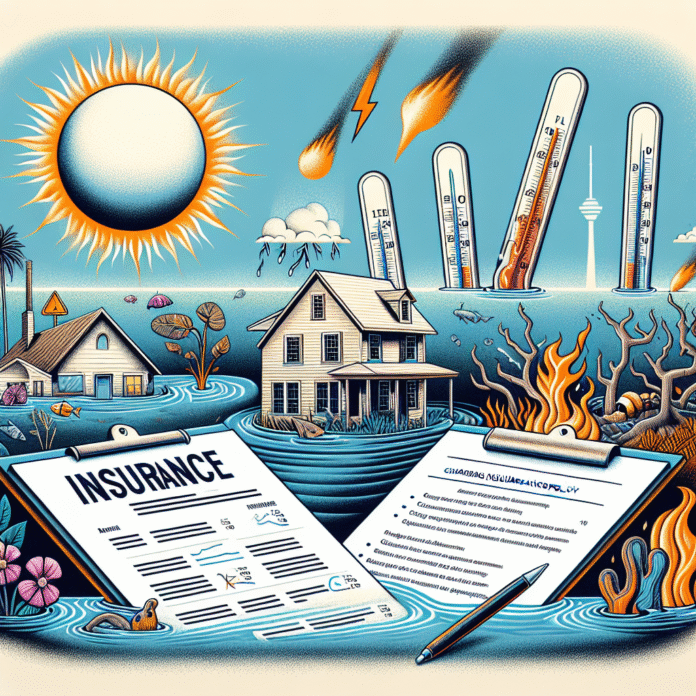Climate Threats in Florida Including Heat and Flooding Along with Insurance Adjustments
Miami Herald
Understanding Florida’s Climate Risks: Heat, Flooding, and Insurance Challenges
Florida is increasingly facing significant climate risks, primarily driven by rising temperatures and severe weather events. These challenges are reshaping the landscape of the state, affecting residents, infrastructure, and the economy.
Escalating Heat Waves
One of the most pressing issues is the rise in temperatures across Florida. The state is experiencing more frequent and intense heat waves, which pose health risks, especially for vulnerable populations such as the elderly and those with pre-existing health conditions. Prolonged exposure to high temperatures can lead to heat-related illnesses, putting additional strain on healthcare systems. As the climate continues to warm, Floridians are urged to take proactive measures to protect themselves, such as staying hydrated, avoiding outdoor activities during peak heat hours, and utilizing air conditioning.
Increased Flooding Risks
Flooding is another critical concern, exacerbated by rising sea levels and more intense storms. Coastal areas, in particular, are at heightened risk, leading to property damage, loss of life, and disruption of essential services. Heavy rainfall events can overwhelm drainage systems, resulting in urban flooding that affects homes and businesses. To mitigate these risks, many communities are investing in resilient infrastructure, such as improved drainage systems and flood barriers, while also implementing policies that promote sustainable land use.
Shifts in Insurance Policies
The changing climate is also having a profound impact on the insurance industry in Florida. As risks associated with heat and flooding increase, insurance companies are reevaluating their policies, leading to higher premiums and more stringent coverage limitations. Homeowners may find it increasingly difficult to secure affordable insurance, particularly in high-risk areas. Some insurers are pulling out of certain markets altogether, leaving residents with fewer options. To address these challenges, policymakers and insurance regulators are exploring innovative solutions, such as creating state-backed insurance programs to ensure that coverage remains accessible for homeowners.
Community Adaptation and Resilience Efforts
In response to these climate risks, many Florida communities are actively engaging in adaptation and resilience planning. Local governments are developing comprehensive strategies that include enhancing green spaces, promoting sustainable building practices, and investing in public transportation to reduce reliance on cars. Additionally, community education initiatives are vital in raising awareness about climate risks and encouraging residents to prepare for extreme weather events.
Conclusion
As Florida grapples with the realities of climate change, it is crucial for residents, businesses, and policymakers to work collaboratively. By understanding the risks associated with extreme heat and flooding, and by addressing the evolving landscape of insurance, Florida can better prepare for the future. Emphasizing adaptation, resilience, and sustainable practices will be essential in safeguarding the state’s vibrant communities for generations to come.


